US$1bn floating solar farm proposed
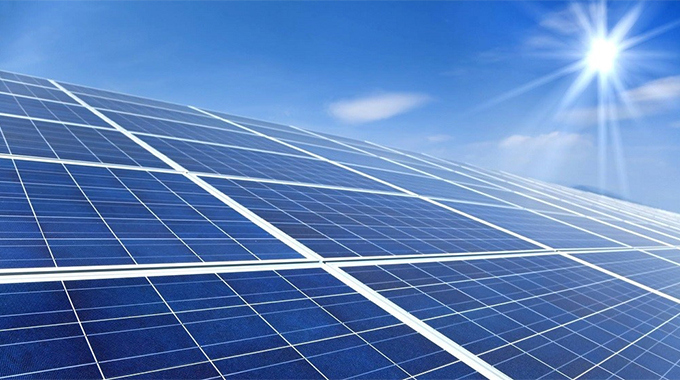
Ivan Zhakata and Tsitsi Tasaranarwo
CHINA Energy Engineering Group has tabled a proposal to build a 1 000 megawatt floating solar farm on Lake Kariba at an estimated cost of nearly US$1 billion.
Upon approval and implementation, the project will significantly boost Zimbabwe’s power generation capacity and help end prolonged loadshedding cycles, which domestic and industrial consumers have been enduring in the past couple of months .
According to an official report prepared by China Energy for the Zimbabwe Electricity Supply Authority (Zesa) and potential private equity funders, more than 1,8 million photovoltaic panels installed over 146 modular floating units will be used for the project on Lake Kariba if it goes ahead.
The civil engineering works would cost US$186 million and the installation US$801 million according to China Energy.
ZESA Holdings’ general manager Stakeholder Relations, Communications and Welfare ,Dr George Manyaya, said: “We will issue a statement after all consultations on the way forward.”
On his Twitter handle, Deputy Chief Secretary to the President and Cabinet Mr George Charamba posted: “As they tout their alleged US$4bn to the fogos and their illegal sanctions, China is making the weather!!!”.
Zimbabwe has been making huge strides in reducing loadshedding through various power projects across the country which are expected to add power to the national grid.
The Government crafted the national renewable energy policy strategy to achieve and install a renewable capacity of 1 100MW or 16,5 percent of total electricity by 2025.
By 2030, the target is that the installed renewable energy capacity should be 2 100MW or 26,5 percent of the overall electricity supply.
To achieve the objective of powering the economy towards upper middle income by 2030, Government undertook to upgrade, rehabilitate and maintain its existing power generation infrastructure with priority being given to the development of new generation capacity through fast-tracking ongoing projects and opening new energy sources, which take cognisance of a diversified energy mix.
China Energy has successfully installed floating panels on China’s Dingzhuang River and in Thailand.
Interest in such installations, which avoid competition for land and have the potential to reduce evaporation from reservoirs, has increased in recent years, according to the International Energy Agency.
The Kariba report was prepared for Zimbabwe Power Company, China Development Fund Trust Limited, Energy China Limited and the Intensive Energy Users Group which comprises mining companies and other big electricity consumers.
It envisions mining operations eventually tapping power from the project, which will help the country reduce its carbon emissions.
The report states that the project’s work scope entails the design, acquisition, building and commissioning of a 1 000MW AC floating solar farm and 330kV/33kV booster station. Additionally, a transmission connection from the booster station to a Kariba sub-station would be part of it.
Zimbabwe last week started generating power from the first of its two new China-funded 300MW coal-fired plants at Hwange, but plans to shift to renewable energy sources for its long-term electricity supply.
There has been an overwhelming interest in solar energy investments that will help ease the current power shortages after Government guaranteed investors of power purchase agreements that will see more than 1 000MW onto the national grid.
This comes as the Second Republic under President Mnangagwa is stepping up efforts to end current power challenges through the adoption of a cocktail of measures which mainly hinge on increasing local power development that is expected to ensure the country achieves its national goals as envisaged by Vision 2030 anchored by National Development Strategy 1 (NDS1).
Independent solar investors are at different stages in their investment processes. Some have agreements negotiated with ZETDC, which Government is now extending with Government guarantees.
Under the deal, Government guarantees the economic tariff to qualifying independent solar investors that would have passed the screening process.
That process involved applying for the Zimbabwe Energy Regulatory
Authority (ZERA) licencing, negotiating a production agreement and submitting proof of funding.
Successful investors then signed the Government implementation agreement process, and the investor was ready to invest.
Independent producers are expected to put in US$1 billion for the first 1 000MW, a huge investment that requires the general deal with the Government to minimise risk.
Last December, the Government unveiled incentives meant to help bring 1 100MW solar projects on stream by year 2025.
Citizens interviewed yesterday in Harare’s central business district welcomed the continued efforts by the Government to improve power supplies saying it would bring greater convenience.
“We are happy that the Government is taking steps to address power challenges. We have been enduring long hours of loadshedding and we hope this will be addressed soon,” said Mrs Miriam Mashavave.
Mr Stephen Muzokomba said inconsistent power supply had affected his small business and was hoping the power deficit would be bridged soon.
“I rear chickens and have stopped slaughtering for the market for fear of incurring losses. I now sell live birds only and this costs me more in feeds. Once we get guaranteed power supplies, we will resume slaughtering in large numbers because keeping live birds brings more costs and reduces profit margins,” he said.

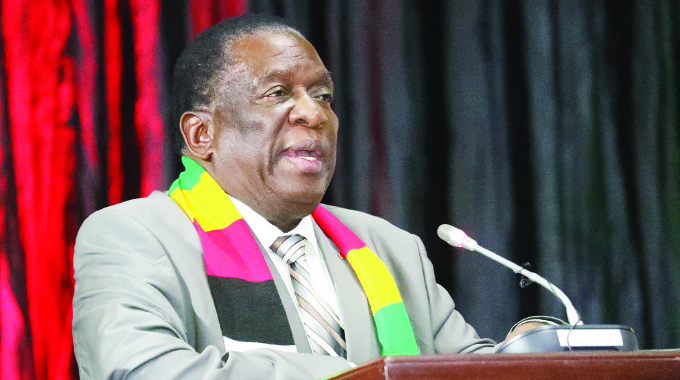
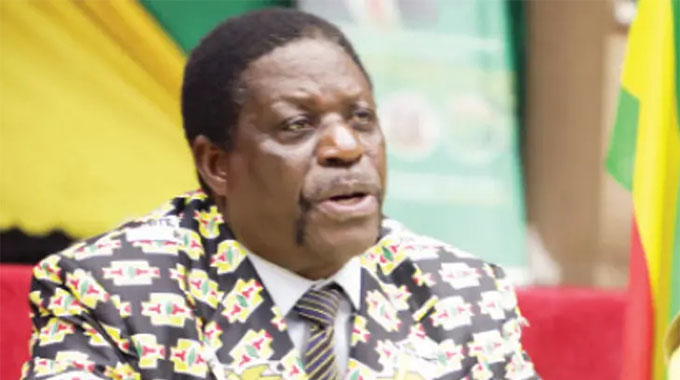
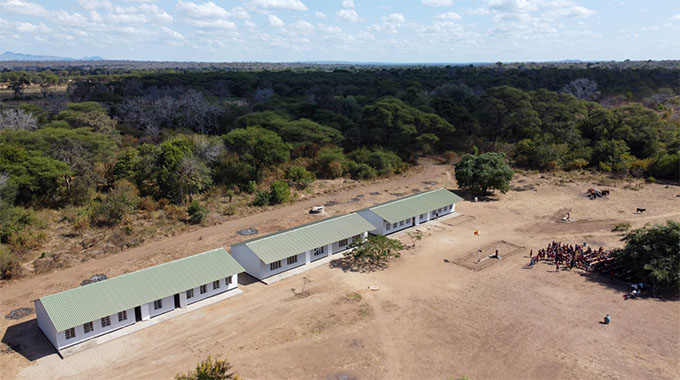
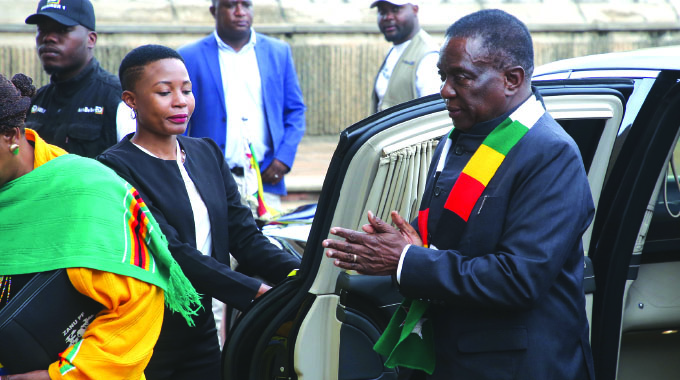
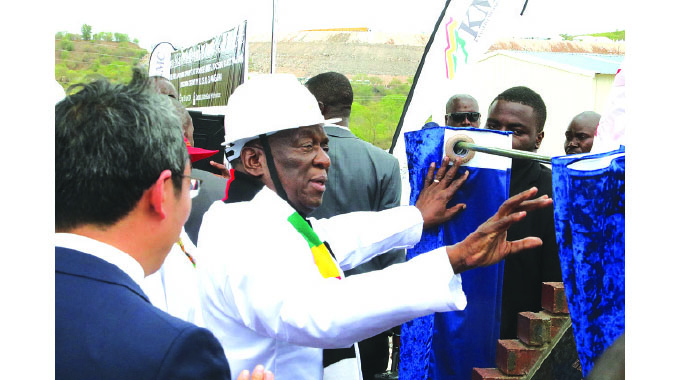

Comments